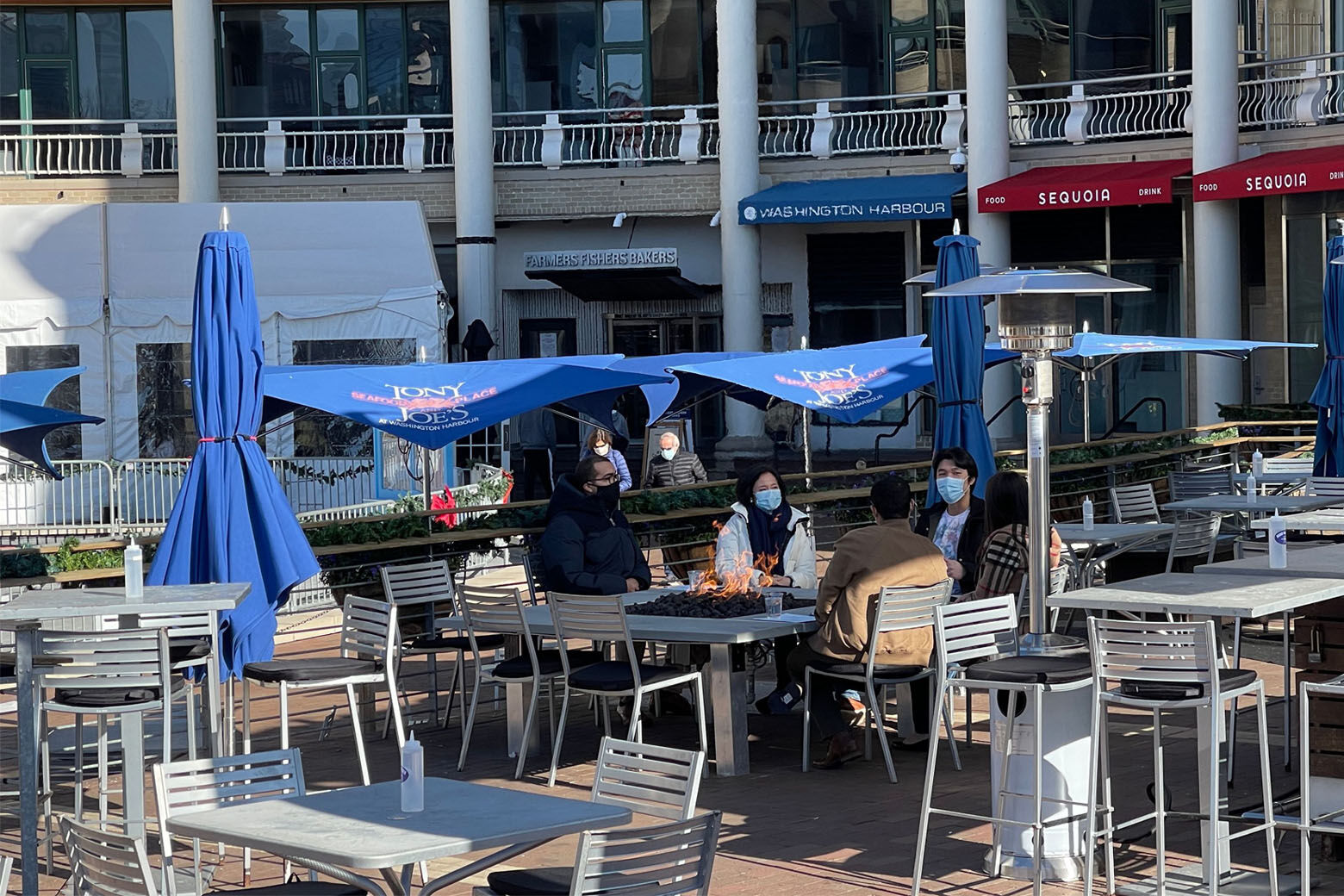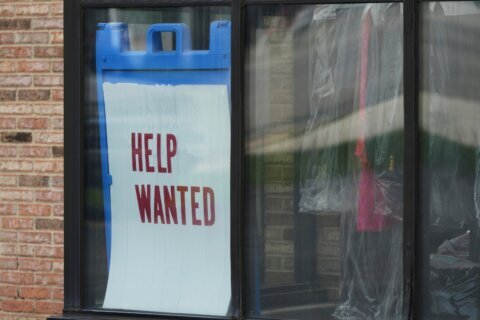
For restaurants in the D.C. area, it has been 11 months of one step forward and one step — or two steps — back, with closures early in the pandemic, followed by the back-and-forth of restrictions and easing of restrictions.
As a result, those fits and starts have only hampered any meaningful recovery for restaurant operators and employees.
“In D.C. just in December, restaurant industry employment was still down almost 35% from February. That’s almost 25,000 jobs,” said Hudson Riehle, senior vice president of research with the National Restaurant Association.
But Riehle notes restaurant operators have done their best to adapt to restrictions, to keep as many employees as possible and to generate what sales they can.
In fact, the D.C. restaurant community got very create early in the pandemic.
“D.C. restaurants are a very entrepreneurial industry. Their ability to quickly pivot, for example curbside delivery, alcohol to go, meal kits, even down to offering meal subscription packages. There is a lot of innovation that has gone on,” Riehle said.
Alcohol takeout and delivery, along with curbside streateries to extend outdoor dining, were two of the biggest shots in the arm area restaurants got last year, both of which were made possible by local jurisdictions agreeing to allow those new options.
There have been pop-ups, ghost kitchens and restaurants turning their storefronts into marketplaces. Some even resorted to selling hand sanitizer and their excess pantry and paper product inventories to customers early in the pandemic.
One D.C. restaurant group even offered free rolls of toilet paper with meal deliveries, when toilet paper was briefly in short supply.
In its 2021 State of the Restaurant Industry Report, the National Restaurant Association notes restaurant and food-service industry sales fell by $240 billion last year, and bars and restaurants finished 2020 with 2.5 million fewer jobs compared to before the pandemic.
- Sign up for WTOP alerts
- Latest coronavirus test results in DC, Maryland and Virginia
- Coronavirus vaccine FAQ: What you need to know
- How effective will vaccines be against new COVID-19 variant?
- Prince George’s Co. restaurants can seat 25% capacity — but will they?
- Md. launches ‘aggressive’ COVID-19 vaccine outreach campaign aiming to reach ‘every corner of every community’
Looking for more information? D.C., Maryland and Virginia are each releasing more data every day. Visit their official sites here: Virginia | Maryland | D.C.
Nationwide, more than 110,000 eating and drinking places were closed in 2020, either temporarily or for good.
Eater DC’s running tally counts at least 70 high-profile local permanent restaurant closures in the last year, and that does not count all of the office cafeterias, mom and pop diners and small neighborhood coffee and sandwich shops that succumbed to the pandemic under the radar.
D.C. restaurants were not alone in developing new sales channels and adopting digital technology in 2020.
Pre-pandemic, the restaurant association says 63% of restaurant sales were off premises. By last summer, that had jumped to 90%. Also, pre-pandemic, 1 in 20 restaurant orders were through digital channels. That is now one in five.
“That is a huge move in an extremely short period of time, so there are more restaurants who have invested in that technology and that investment will carry forward,” Riehle said.
The association surveyed thousands of restaurant operators about how much of the changes they made during the pandemic would remain part of their business model after the pandemic passes. The vast majority said they will retain many, if not all of the changes they’ve made.
Restaurants and bars are the second-largest private employers in the U.S. One in 10 Americans has worked in the restaurant industry at some point in their lives.
The National Restaurant Association calls 2021 a year of rebuilding and transition, and says the recovery will take time. But diners are anxious to go back. Restaurants aren’t just a place to get a meal. They serve as sort of a social oasis for their communities.
Riehle added, “90% of Americans say they enjoy going to restaurants, and it’s hard to get 90% of Americans to agree on anything. There is pent-up demand for restaurant usage. Consumers are quite clear. It is, as they see it, an essential part of their lifestyles, so it is important for restaurants to get that on-site dining up and going again.”








